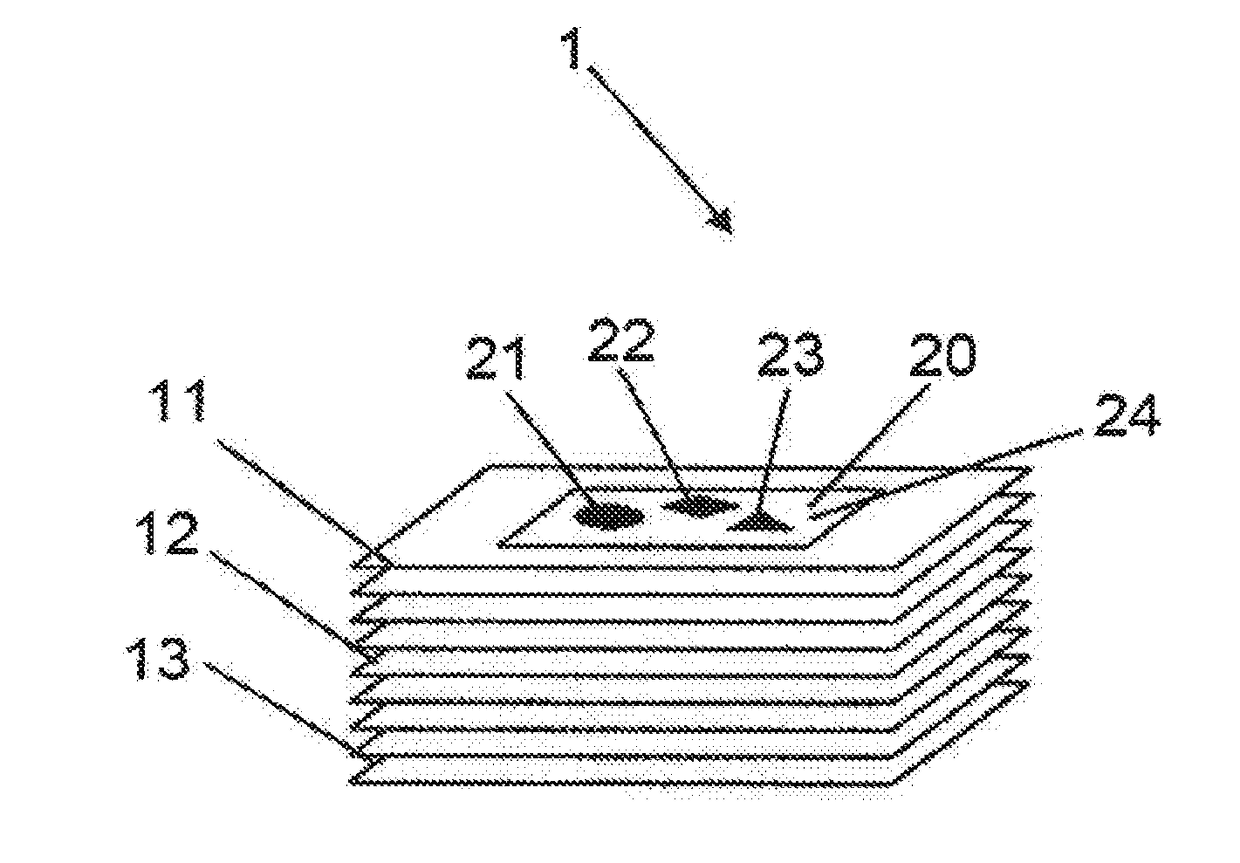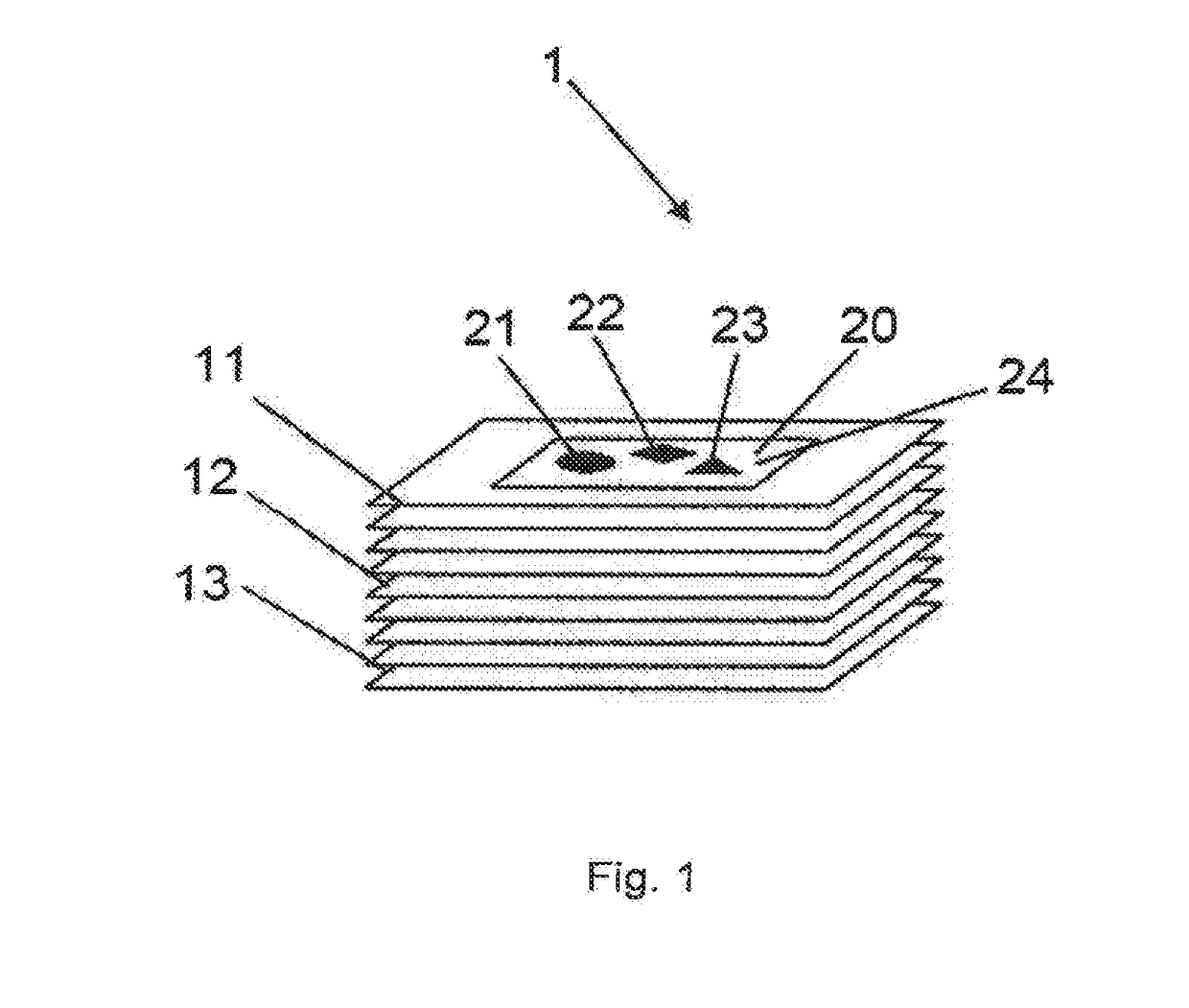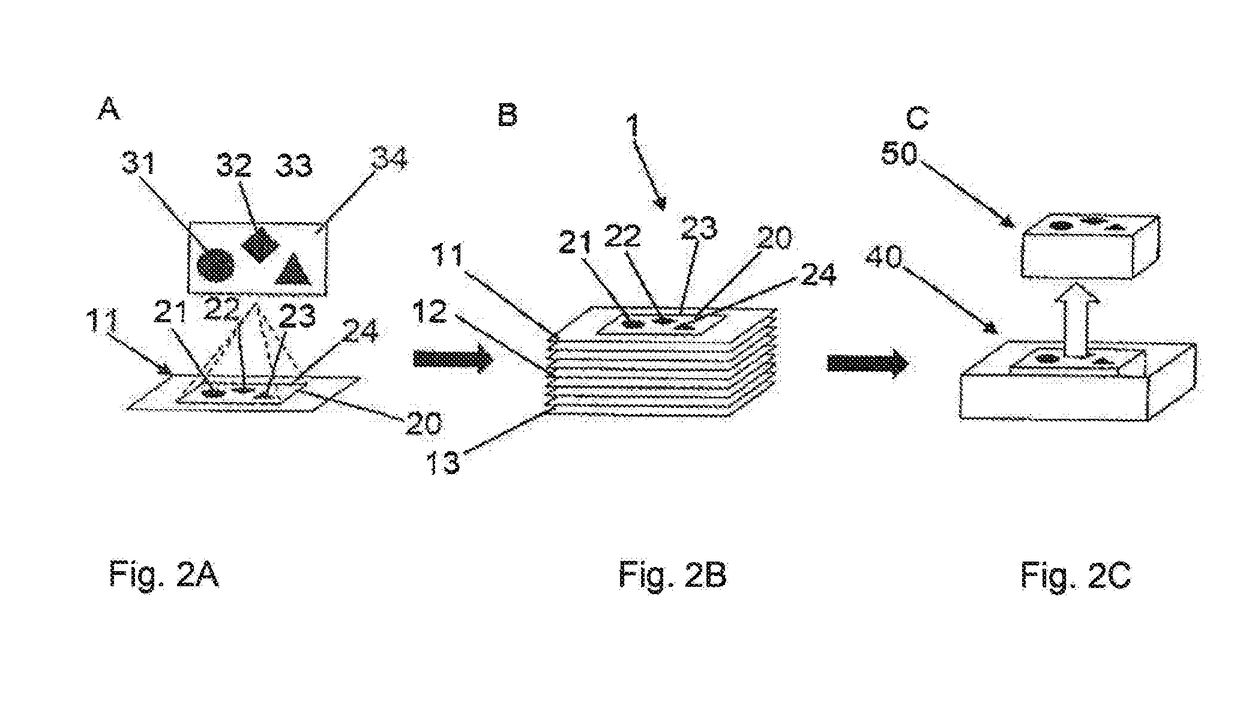Model and system for use in an imaging technique
a model and imaging technique technology, applied in the field of models for use in imaging techniques, can solve the problems of inability to accurately calibrate and validate devices, the image generated by anthropomorphic models also deviating substantially from the image of real patients, and the calculation of dosimetry, protocol optimization, etc., to achieve accurate calibration and validation of devices, improve safety, and improve the effect of accuracy
- Summary
- Abstract
- Description
- Claims
- Application Information
AI Technical Summary
Benefits of technology
Problems solved by technology
Method used
Image
Examples
Embodiment Construction
[0044]A first aspect of the invention relates to a model, particularly for use in an imaging technique based on the interaction of the model with an electromagnetic radiation. Therein the model comprises a plurality of volume elements, wherein a volume, a spatial position, and interaction intensity with an electromagnetic radiation is allocated to each of the volume elements. The interaction intensity relates to an electromagnetic radiation with a defined wavelength and radiation intensity from a defined source of radiation. The interaction intensities of two neighboring volume elements are distinguishable by means of an imaging technique.
[0045]The model comprises a plurality of first volume elements, and a plurality of second volume elements, wherein the first volume elements comprise a supporting material, and wherein the second volume elements comprise a supporting material and a contrast material, and wherein the second volume elements exhibit a higher interaction intensity with...
PUM
 Login to View More
Login to View More Abstract
Description
Claims
Application Information
 Login to View More
Login to View More - R&D
- Intellectual Property
- Life Sciences
- Materials
- Tech Scout
- Unparalleled Data Quality
- Higher Quality Content
- 60% Fewer Hallucinations
Browse by: Latest US Patents, China's latest patents, Technical Efficacy Thesaurus, Application Domain, Technology Topic, Popular Technical Reports.
© 2025 PatSnap. All rights reserved.Legal|Privacy policy|Modern Slavery Act Transparency Statement|Sitemap|About US| Contact US: help@patsnap.com



